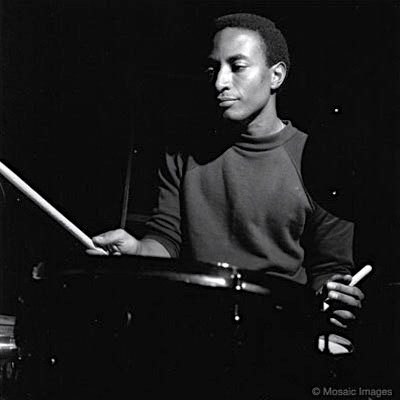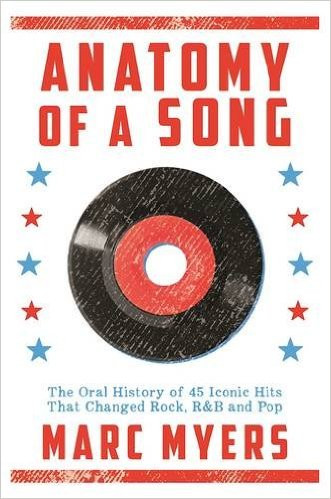When “Dancing in the Street” by Martha and the Vandellas burst onto the music scene on July 31, 1964, it was immediately clear that Motown had crafted something extraordinary. This wasn’t just another hit single; it was a revolutionary track, pulsating with a funkier energy, a driving bassline, and explosive drum accents that emphasized the backbeat in a way rarely heard before. The song’s evolution, from a simple bassline idea to a full-fledged anthem, is a testament to the collaborative genius of Motown’s songwriters, arrangers, and legendary musicians, including the often-uncredited drummer, Freddie Waits.
 freddie-waits
freddie-waits
Songwriter Ivy Jo Hunter, who had recently joined Motown, recalls the initial spark of inspiration in early 1964. Hunter, proficient in chords and rhythms but still developing his melodic composition skills, often started song ideas by experimenting with basslines on the keyboard. For “Dancing in the Street,” he locked into a single, hypnotic note, rocking his pinky and thumb an octave apart, creating a pulsating rhythm that began with the higher note. This simple, yet infectious, bass figure became the bedrock of the entire song. From this rhythmic foundation, Hunter developed the melody and chord progression, recognizing the potential of this unique groove. He then sought out arranger Paul Riser to help flesh out his initial concept.
Paul Riser’s role was crucial in translating Hunter’s raw ideas into a polished Motown sound. Riser saw his job as enhancing and expanding upon the songwriter’s vision, taking the basic elements and crafting them into a full arrangement suitable for Motown’s signature style. He created a basic chord chart, a “skeleton” as he called it, for the Funk Brothers, Motown’s famed house rhythm section. Riser understood the magic of the Funk Brothers; give them a foundation, and they would build something exceptional. For “Dancing in the Street,” the core rhythm section included Earl Van Dyke on keyboards, Robert White on guitar, the legendary James Jamerson on bass, and Freddie Waits on drums. Riser emphasized the pivotal role of the drums and bass, stating that they were always the elements that established the feel and groove of a Motown track.
 myers_marc_anatomy_of_a_song
myers_marc_anatomy_of_a_song
Ivy Jo Hunter explains that the immediate goal was to create a rhythm track that he could use as a foundation for writing lyrics. The Funk Brothers, under Paul Riser’s direction, took the basic musical framework and infused it with their signature improvisational brilliance, instantly locking into an irresistible groove. Hunter was amazed by their ability to consistently elevate a simple song structure into something extraordinary. Unlike many Motown songs rooted in the Charleston rhythm, “Dancing in the Street” possessed a different kind of drive, more akin to a powerful freight train with a prominent backbeat, pushing the boundaries of the typical Motown sound.
Producer and co-writer William “Mickey” Stevenson further enhanced the track with layers of percussion. He overdubbed claves, adding a rhythmic complexity on the off-beats, and instructed Jack Ashford to strike a tambourine forcefully with a drumstick on the second and fourth beats, creating a sharp, snapping accent. To amplify the tambourine’s presence and impact, Stevenson ingeniously used Motown’s echo chamber – a hole in the studio bathroom wall. By re-recording the tambourine track and capturing its reverberation off the tiled surface, they achieved a bigger, more resonant dance beat, solidifying the song’s infectious energy.
“Dancing in the Street” became an instant classic, not only for Martha and the Vandellas but for Motown itself. Its innovative rhythm, driven by Freddie Waits’ dynamic drumming and James Jamerson’s pulsating bassline, combined with the creative contributions of Ivy Jo Hunter, Paul Riser, and Mickey Stevenson, cemented its place as a groundbreaking anthem that continues to resonate today. The song stands as a testament to the collaborative spirit and musical genius that defined the Motown sound and forever changed the landscape of popular music, proving that even a simple bassline can ignite a musical revolution and get the whole world “dancing in the street.”

